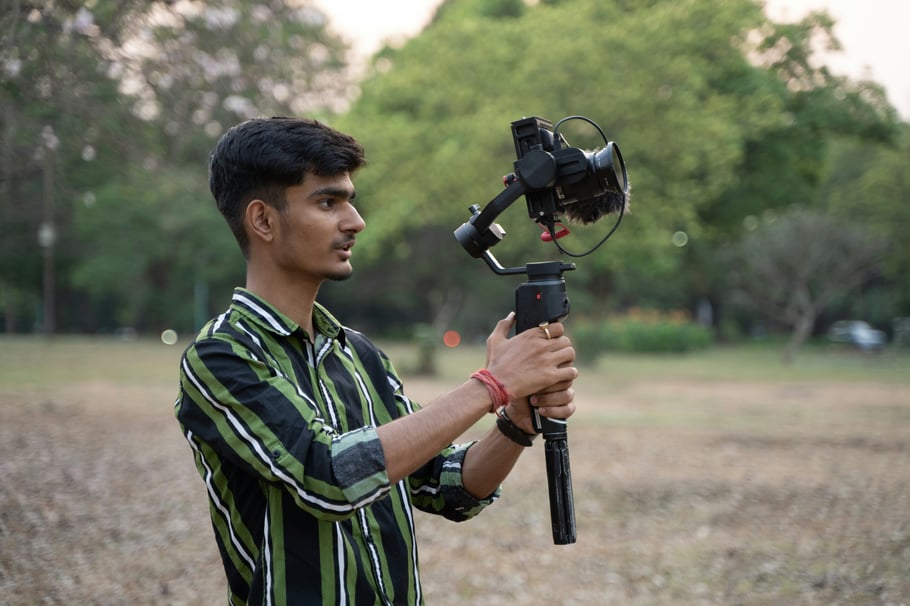Preface
The following report provides an in-depth analysis of current developments within the gaming sector. Emphasising market size, monetisation models, user acquisition strategies and player demographics, it delivers a comprehensive overview of key industry trends. The analysis further covers the expansion of mobile gaming and evolving in-game purchase mechanisms, offering valuable insights for industry stakeholders. Throughout, the report leverages authoritative data to provide clear insight into the opportunities and challenges facing the industry.
The Philippines has emerged as Southeast Asia’s second largest player pool and a key growth driver in the region. Market revenue is projected to reach $3.52 billion by 2025, with a compound annual growth rate (CAGR) of 6.52% from 2025 to 2030, nearly matching the growth rate of mature markets in Asia-Pacific. In 2024, the player base reached 67.7 million, representing a penetration rate of nearly 60%. A 93% English proficiency rate and robust digital infrastructure are accelerating the adoption of mobile gaming and international content. The market is overwhelmingly mobile-first: download rankings are led by hyper-casual and light casual titles, while top revenue stems from competitive in-app purchases and platform-driven UGC.
The Philippine player demographic is characterised by youth and high engagement. Players aged 18 to 34 collectively account for 69% of the market, making this “golden age group” the principal consumer segment. This cohort combines a passion for gaming, a strong social component, and robust spending power. Across all age groups, the proportion of daily gamers approaches or exceeds 40%, with the share of frequent players consistently representing over 60% of users. In-game purchase decisions are highly value-driven and price-sensitive. This is a market that relies heavily on word-of-mouth, with players primarily sourcing information via social media platforms. Game publishers and key opinion leaders (influencers) serve as trusted sources and “value authenticators”, directly influencing players’ purchasing decisions.
Digital wallets have become the most popular payment method in the Philippines, used by 39% of players—well ahead of cash and traditional bank payments. GCash, the country’s largest e-wallet platform, supports a broad range of payment scenarios, including top-ups for gaming, bill payments, transfers, and online/offline transactions, with over 5.6 million monthly active users. Antom enables seamless integration with all major digital wallets in the Philippines—led by GCash—through a unified access solution. It also supports other mainstream local payment methods, such as cards and bank transfers. This helps international game developers eliminate local payment barriers and effectively reach and convert a wider base of potential paying users.
Philippine gaming market overview: growth, scale, and strategic position
Southeast Asia’s second-largest player base, with a 6.5% growth rate rivalling mature Asia-Pacific markets
The Philippines is recognised as one of Southeast Asia’s leading gaming markets, characterised by rapid growth and significant potential. Market revenue is projected to reach $3.52 billion by 2025, with a forecast compound annual growth rate (CAGR) of 6.52% between 2025 and 2030. This growth rate closely aligns with the 6.90% CAGR for the entire Asia-Pacific region, indicating that the Philippines is growing at nearly the same pace as the most established and sizable gaming economies in the region. This positions the Philippines as a high-potential market that cannot be overlooked.
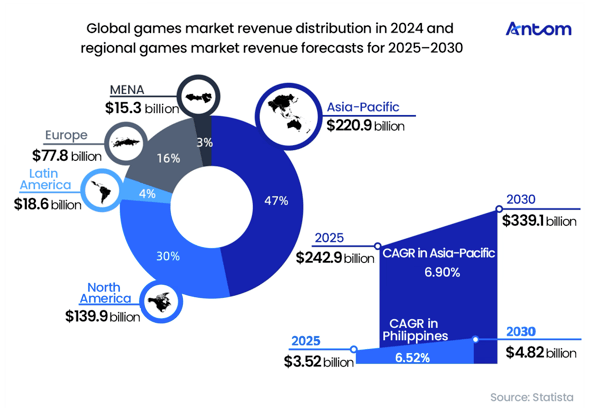
The Philippines has the second-largest player base in Southeast Asia, following Indonesia. In 2024, the number of players reached 67.7 million, representing nearly 60% of the population. This vibrant market is primarily driven by a youthful demographic. A 93% English proficiency rate and advanced digital infrastructure provide a natural advantage for the rapid development of mobile gaming and seamless integration of overseas content. While the per capita game spending of $140.7 still lags behind top global markets, this figure highlights a strong willingness to pay and underscores the market potential of Filipino players, especially considering local income levels.
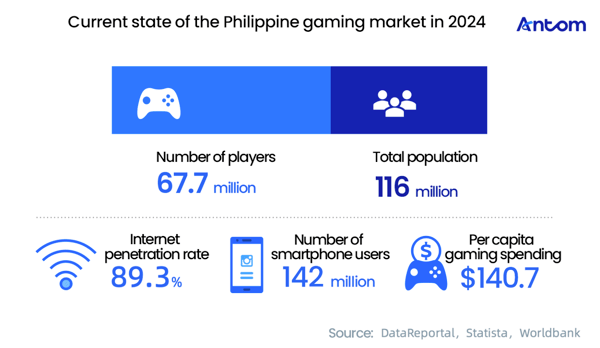
Casual games dominate the charts, low-barrier gameplay perfectly aligns with local conditions
As of September 2024, the Philippine mobile gaming download rankings show a highly concentrated market. Publisher Rocket Succeed Together led by a significant margin, recording nearly 70 million downloads—over twice that of the second-ranked publisher. This demonstrates the immense viral potential of hyper-casual games in this market. Notably, the top ten download chart was almost entirely occupied by hyper-casual and light casual game publishers, while globally renowned hardcore gaming giants were conspicuously absent. This reflects the unique characteristics of the Philippine user base: hyper-casual games feature small size, low device requirements, and minimal data consumption. Coupled with a “free-to-play plus ad-supported” model, these games effectively cater to widespread entertainment demands. They also offer an effective path for overseas developers to achieve low-cost user acquisition and rapid expansion.
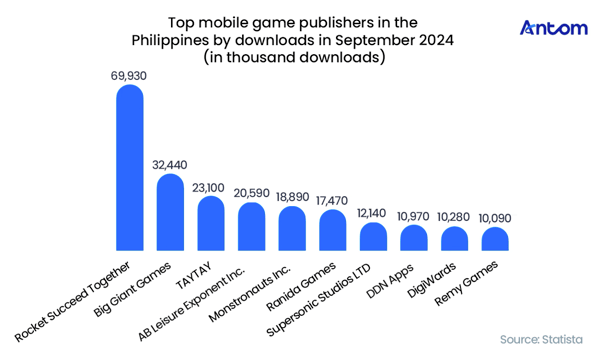
Player demographics and behaviour: who are Filipino gamers?
High engagement across all age groups; middle-aged players remain highly active
The Philippine gaming market is centred around a young player base, with the largest segment aged 25 to 34, followed by those aged 18 to 24. Collectively, these two groups account for 69% of the market, representing the dominant consumer segment. This “golden age cohort” combines a strong enthusiasm for gaming, high levels of social interaction, and substantial purchasing power.
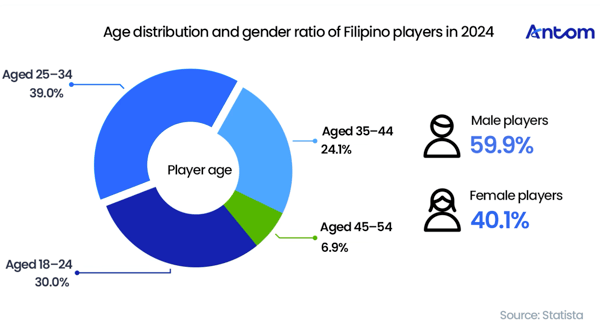
Filipino players exhibit extremely high engagement and gaming frequency. Gaming has become a daily habit rather than an occasional pastime across all age groups, with the “hardcore” middle-aged players even surpassing their younger counterparts. Across all age brackets, the proportion of daily gamers approaches or exceeds 40%, while frequent players (gaming at least 3 times per week) consistently make up more than 60% of the population. This pronounced user engagement indicates that operational strategies designed to boost daily active users—such as daily quests and sign-in rewards—are likely to be highly effective in the Philippine market. Additionally, such engagement creates significant opportunities for advertising-based monetisation models (IAA) and in-app purchase (IAP) designs that encourage frequent, low-value transactions. Furthermore, this data challenges the traditional stereotype that “gaming is exclusively for the young”, with the 35–44 age group recording the highest daily gaming rate at 46%, surpassing even the 16–24 age group.
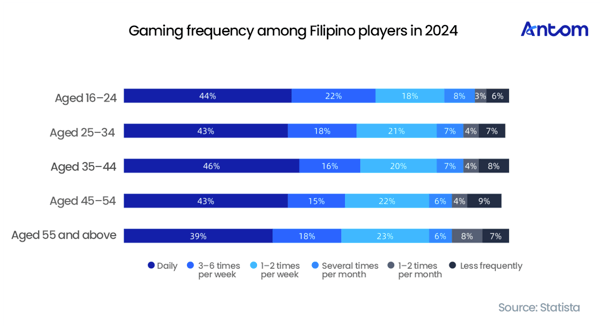
A single gaming session of 1–2 hours is the dominant pattern among Filipino players, accounting for 44% and forming the core of the market. This “golden window” perfectly aligns with the core experience of popular game genres, such as a full MOBA match or a dungeon run. Meanwhile, the market shows clear polarisation. Around 26% of players fall into the “fragmented-time” category, preferring sessions shorter than 1 hour, prompting the need for thoughtful design of hyper-casual games or streamlined features in hardcore games. Nearly 30% are “hardcore” players who require over 2 hours of deep content to meet their demand for immersion.
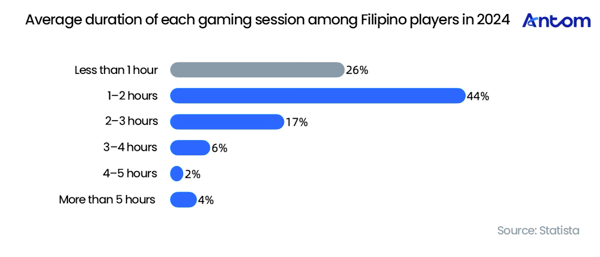
Trust anchors in a word-of-mouth market: KOLs serve as value authenticators driving player spending
In the Philippines, where word-of-mouth carries significant weight, gaming influencers and content creators play a critical role in shaping the market. As many as 89% of players obtain gaming information via online channels, with social media game publishers (51%) and influencers (44%) serving as their primary sources. The function of these Key Opinion Leaders (KOLs) has now extended well beyond mere product showcasing. Given that Filipino players are highly “value-driven” and “price-sensitive” in their in-app purchase decisions, key KOLs essentially act as “value authenticators”. When a trusted influencer endorses a battle pass, participates in a promotional campaign, or reviews a new skin, they are signalling to their followers that this purchase is “worth it”. Consequently, brand collaborations with KOLs should not be limited to showcasing rare items. Instead, such partnerships should focus on enabling influencers to create content that addresses why it’s worth buying. This approach allows for precise targeting of intended users, particularly Facebook-dominated social platforms. 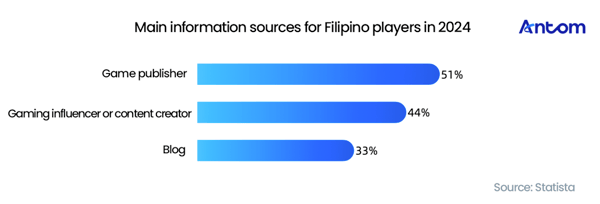
To ensure this “value authentication” is effectively realised, one of the most effective approaches is to link offers directly to the payment experience. In this scenario, the payment platform evolves from a mere transactional tool into a powerful marketing channel. For instance, through digital marketing solutions such as Antom’s A+ Rewards, game publishers can collaborate with leading local digital wallets, enabling players to instantly redeem exclusive vouchers or in-game packs within the wallet app. When KOL-recommended content is combined with an immediately visible discount at the point of payment, it creates a seamless “see it, get it” journey. This strongly encourages player conversion, directly monetising the “trust” established by KOLs.



